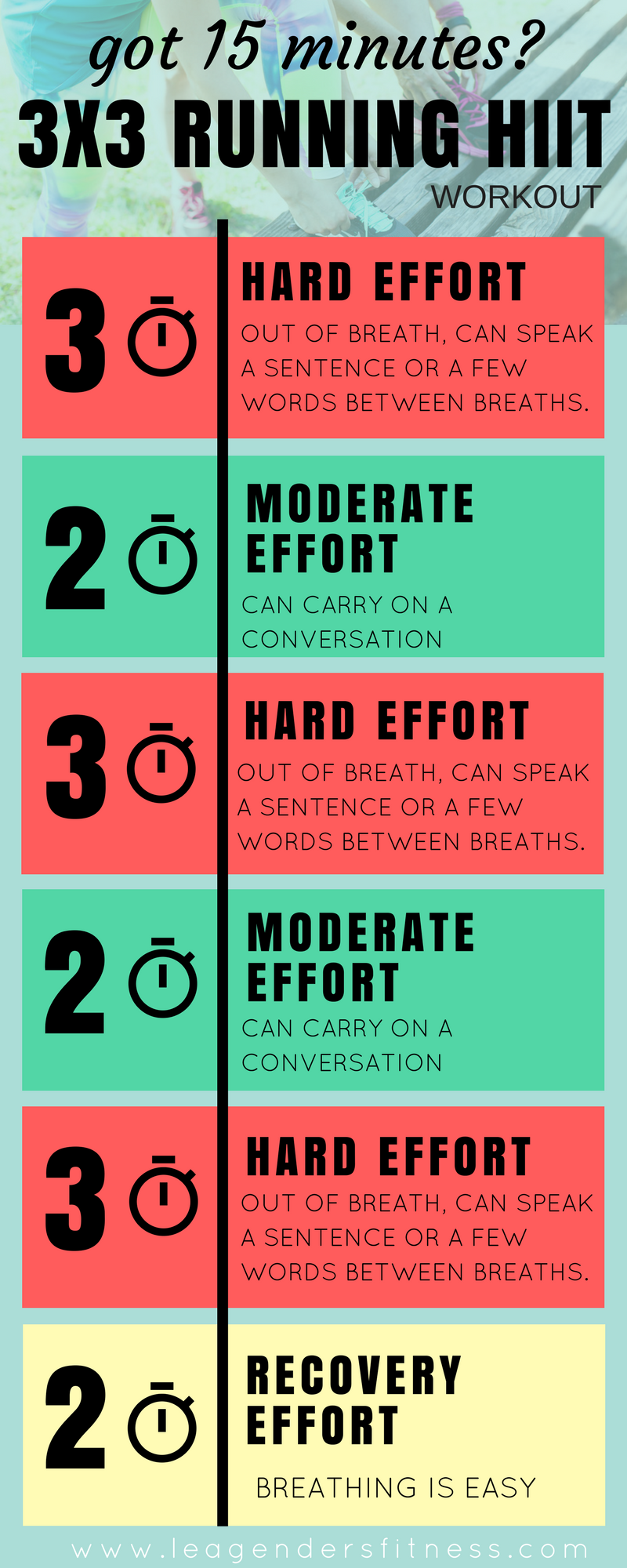Unleash Your Potential: Running Strategy Basics for Peak Performance
Wiki Article
Conquering Pain in Operating: Strategies and Strategies That Job
Discomfort is a typical friend for several joggers, often functioning as a barrier to achieving their wanted objectives. With the appropriate strategies and strategies, it is possible to get over and even avoid the pain linked with running. By discovering numerous approaches such as comprehending the different kinds of running discomfort, optimizing shoes and kind, integrating cross-training and toughness exercises, carrying out efficient recovery approaches, and maintaining appropriate nourishment and hydration, runners can potentially relieve their pain and improve their general running experience.Comprehending Different Kinds Of Running Pain

An additional kind of running pain is joint discomfort, which can materialize as a sharp or achy discomfort in locations such as the knees, hips, or ankle joints (running workout). Joint discomfort might be created by elements like incorrect running type, overuse, or underlying conditions like arthritis (navigate to this website). It is necessary to differentiate in between muscular tissue pain and joint discomfort, as the latter might need clinical focus to avoid additional injury
Understanding the various types of running pain is important for reliable administration and prevention methods to ensure a secure and enjoyable running experience.
Proper Footwear and Running Kind
To enhance performance and reduce the threat of running-related injuries, selecting proper footwear and preserving appropriate running form are crucial elements for joggers of all levels. It is recommended to pick running shoes that are specifically designed for the individual's foot kind, running stride, and the kind of running task they engage in.
Cross-Training and Strength Workouts
Toughness exercises, like squats, lunges, and core workouts, play a crucial role in supporting muscular tissues and boosting running effectiveness. They can deal with muscle discrepancies, improve agility, and improve power outcome, all of which are crucial for running performance.Integrating cross-training and strength workouts right into a running regimen should be done purposefully. It is important to enable ample remainder between running sessions and cross-training tasks to prevent overuse injuries. Additionally, concentrating on correct form and method during strength workouts is key to maximizing their advantages and minimizing the risk of injury. By including these elements right you can look here into a running routine, joggers can build a more powerful structure, enhance efficiency, and delight in an extra sustainable running experience.
Healing and Relax Methods
Having actually established the relevance of cross-training and strength workouts in a comprehensive running regimen, focus can now be routed in the direction of Recuperation and Relax Strategies as essential components for maximizing performance and lowering the threat of injuries. (running workout)Recuperation after running is important for muscular tissue repair and growth. Strategies such as foam rolling, stretching, and massage assistance in reducing muscle mass discomfort and boosting flexibility. Sufficient rest in between runs allows the body to recuperate and adjust to the physical anxiety, preventing overuse injuries.
Incorporating energetic recuperation days into a training schedule, where low-intensity activities like walking or biking are executed, can boost blood circulation and promote healing without putting excess stress on the muscle mass. In addition, correct hydration and nourishment play a vital role in the recovery process by renewing lost fluids and nutrients.
Quality sleep is one more vital element of healing that must not be forgotten. Throughout rest, the body undertakes fixing and regrowth procedures, adding to general physical and mental wellness. By prioritizing recovery and rest methods, joggers can keep ideal performance levels and decrease the likelihood of experiencing pain or injuries.
Nourishment and Hydration for Runners
Carbohydrates provide power for running, while healthy proteins help in muscle fixing and healing. Ample hydration is also important to keep optimum efficiency, as also moderate dehydration can adversely impact running performance. Furthermore, timing meals and snacks properly before runs can assist avoid gastrointestinal pain and provide the essential energy for peak performance.Conclusion
To conclude, by understanding the numerous kinds of running discomfort, putting on proper footwear, preserving correct running form, incorporating cross-training and toughness exercises, prioritizing recovery and remainder, and concentrating on nutrition and hydration, runners can effectively get over discomfort and boost their performance. Carrying out these methods and strategies can help runners stop injuries, boost their endurance, and eventually delight in an extra satisfying running experience.Report this wiki page